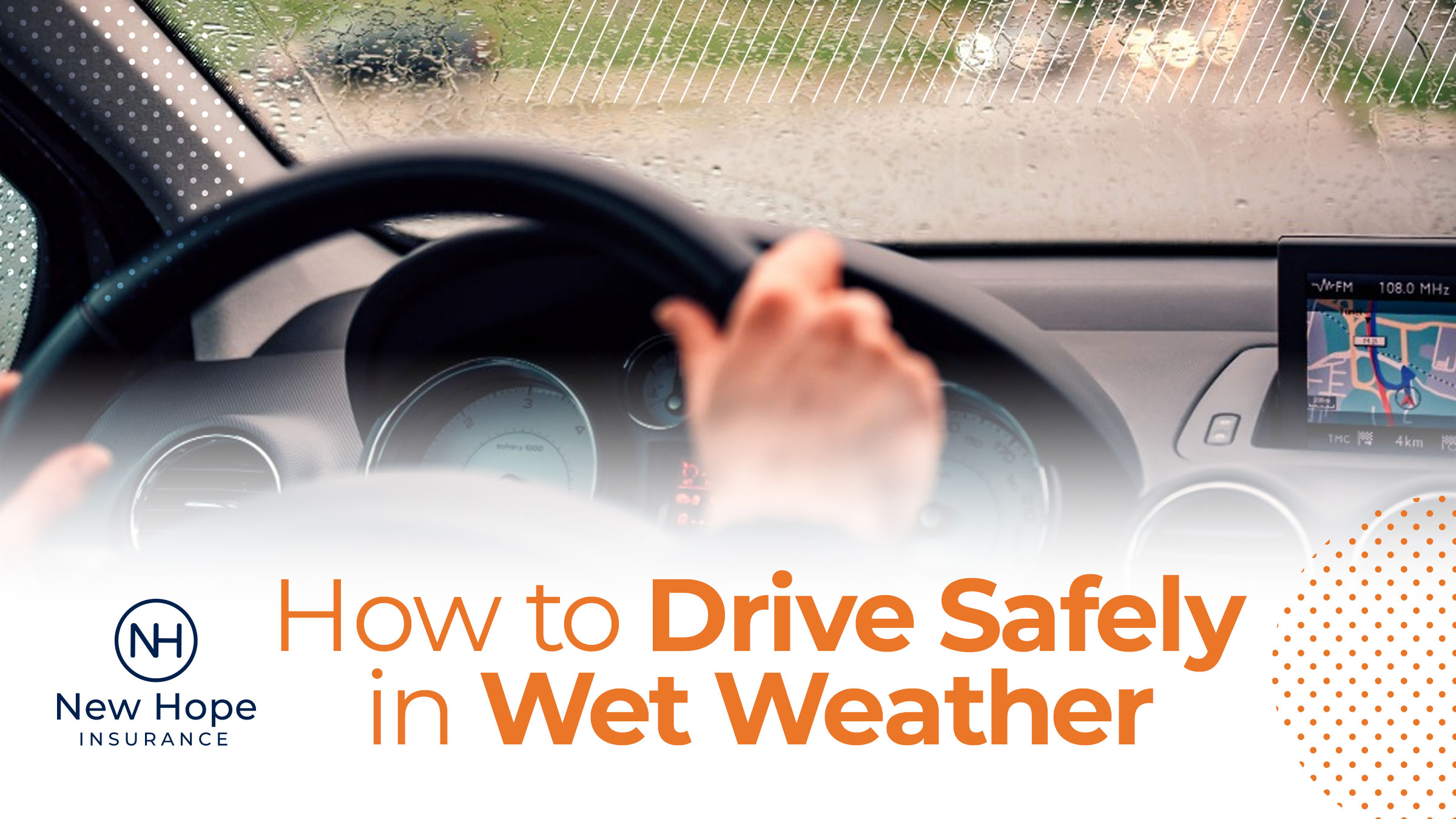No matter how skilled you are behind the wheel, driving through intense rain could be tough. To get ready, here are some pointers to drive safely if you find yourself in a heavy downpour.
Before you Drive
- Consider if your trip is truly essential or if it’s wiser to delay until the heaviest rain passes.
- If you must drive, inspect your windshield wipers before starting. Ensure both front and rear blades are in good shape; if not, replace them immediately.
- Check your tire tread depth—3mm for summer or all-season tires, and 4mm for winter tires is recommended.
- Fill up your fuel tank; heavy rain often causes traffic delays due to breakdowns or accidents, and running low on fuel amidst such situations can be inconvenient.
- Familiarise yourself with your car’s air conditioning and heater settings for quick demisting of the interior.
- Stay tuned to the radio for updates on road closures, accidents, or floods along your planned route, and plan an alternative path if needed.
- Charge your mobile phone in case you need to pull over and notify others about delays.
Start with the Basics
- Watch your speed.
- Ensure both your front and rear lights are switched on.
- Maintain an increased distance between your car and the one in front—using a six-second gap (twice the usual distance) is a good guideline.
- Follow the path created by the vehicle ahead of you.
- Adjust your speed as necessary to have clear visibility ahead and optimal reaction time.
- Avoid using cruise control while driving in these conditions.
- Use your headlights on dipped beam.
- Use your air conditioning to prevent internal condensation.
Wet roads pose a higher risk of losing control due to the initial mix of rain, oil, and debris. As this clears or gets covered by standing water, speeding raises the chance of hydroplaning, leading to loss of control. Slowing down allows for better assessment of the storm’s intensity.
Driving with Heavy Rain
- If your vehicle hydroplanes, refrain from braking. Instead, ease off the accelerator, steer towards where you want to go, and maintain focus until traction is restored.
- Opt for the middle of the road when possible; roads typically slope toward the outside lanes.
- Keep a safe distance from large vehicles to avoid reduced visibility caused by their spray.
- Minimize brake usage unless necessary.
- Scan the road ahead to anticipate, allowing for coasting to slow down when required.
- Avoid crossing moving water on the road, even if it appears shallow—it could still pose a risk.
- If approaching standing water, proceed cautiously and be ready to turn back if water levels reach your vehicle’s doors.
- Stay on paved roads and steer clear of dirt or gravel routes during heavy rain to prevent getting stuck due to softening surfaces.
When to Pull Off the Road
- If visibility remains an issue despite slowing down, or if driving feels unsafe, find a safe spot to pull over.
- Steer clear of trees, utility poles, or objects that might draw lightning or fall onto your vehicle if hit.
- Stay away from steep or unstable slopes and low-lying areas susceptible to flooding.
- When pulling over, choose a location as far off the road as feasible and activate your hazard lights for increased visibility and safety.
The information provided in this article is meant for general knowledge and informational purposes. All insurance policies are governed by specific terms, conditions, limitations, and exclusions, which might restrict coverage. If there are any discrepancies between the content of this article and the actual terms outlined in the policy document, the terms specified in the policy document will take precedence and apply.






